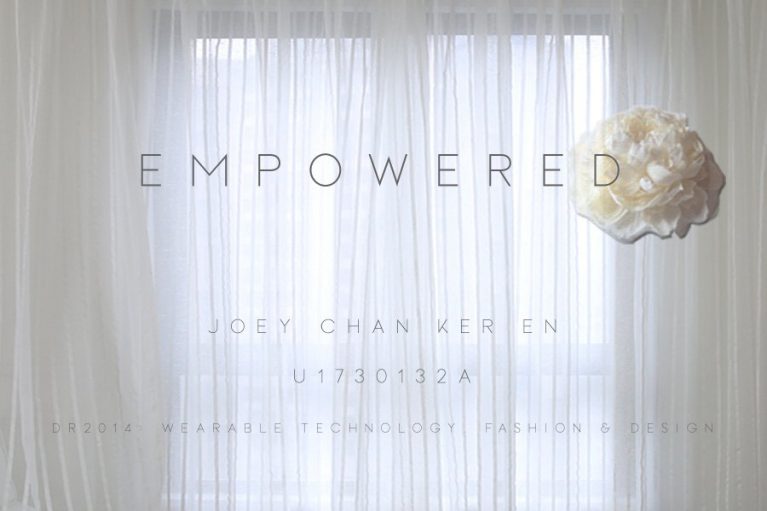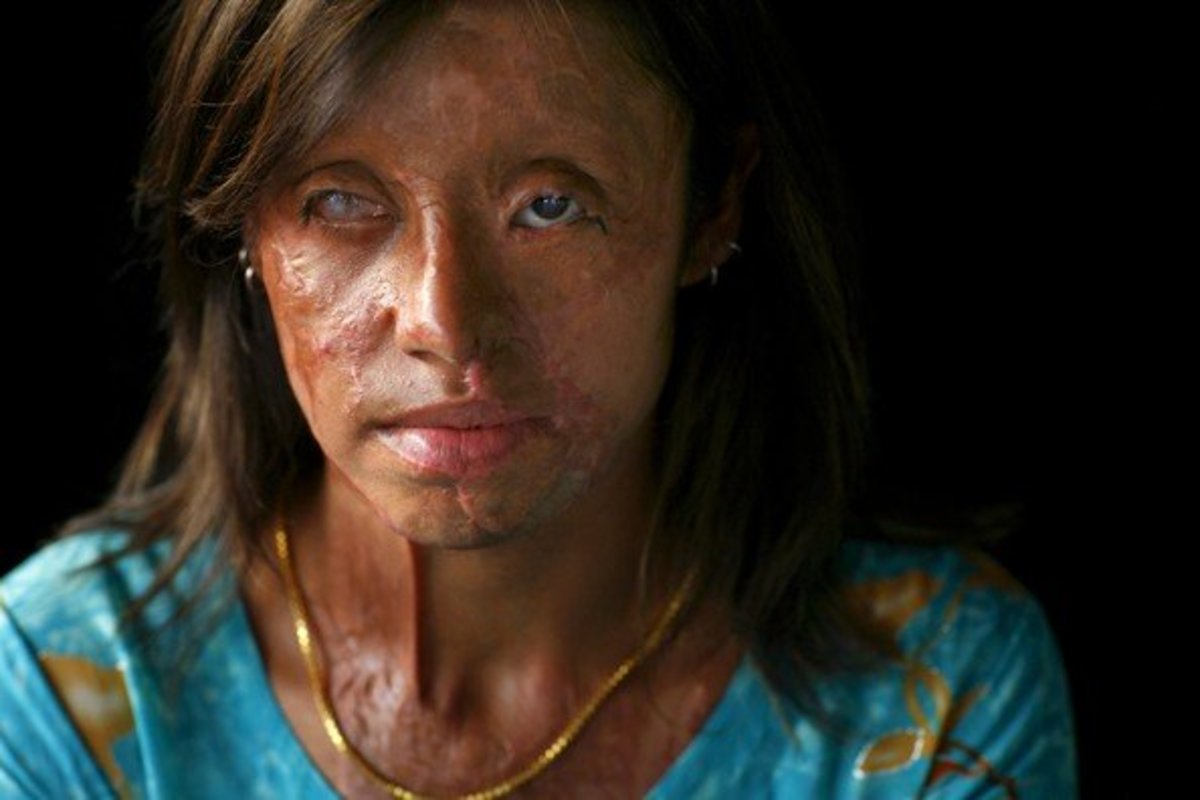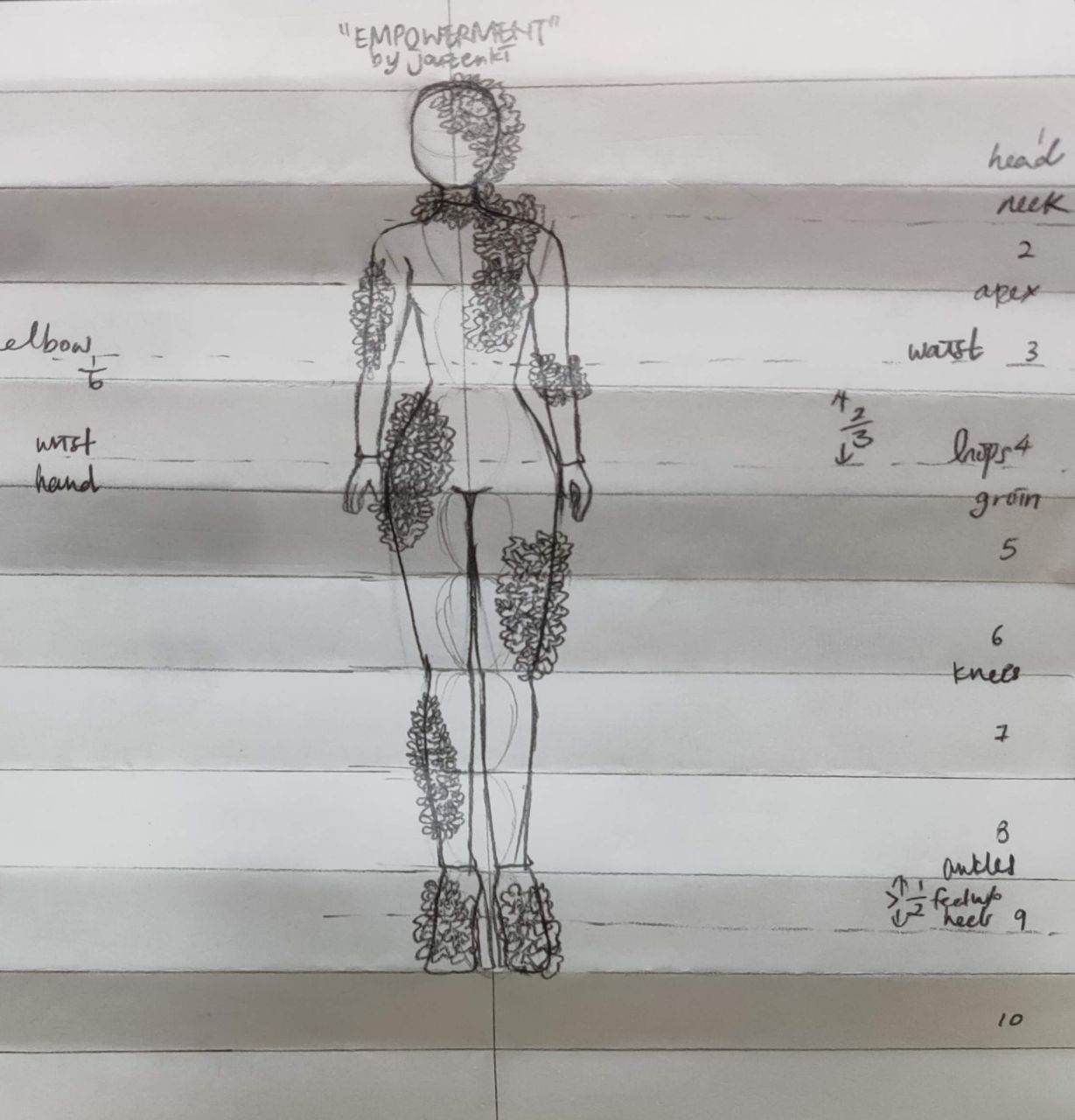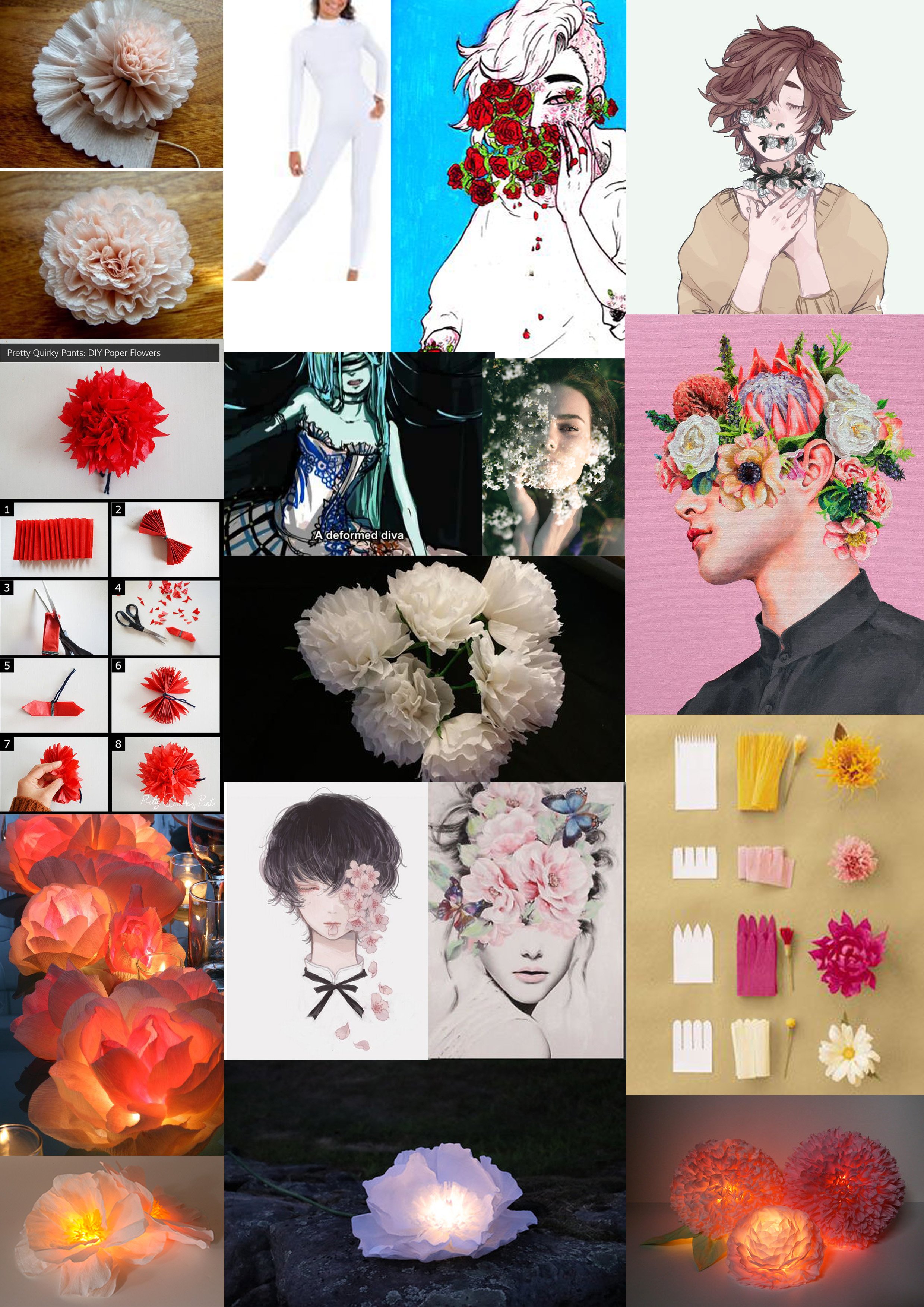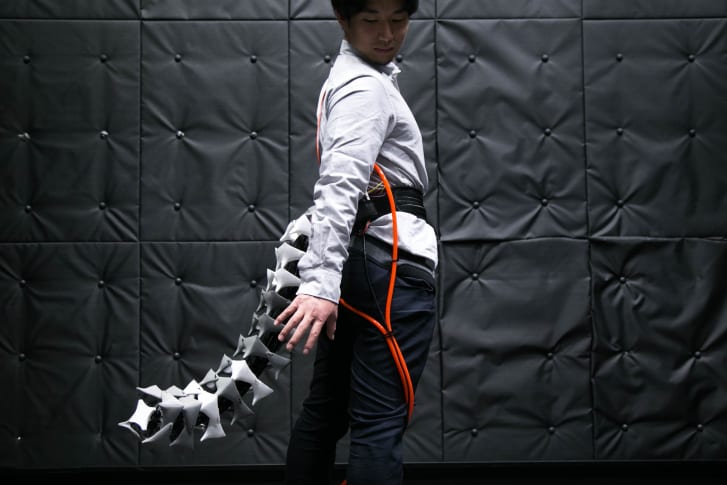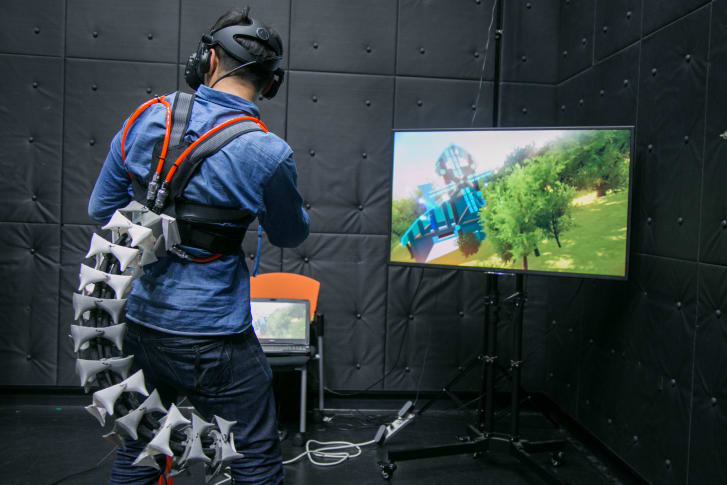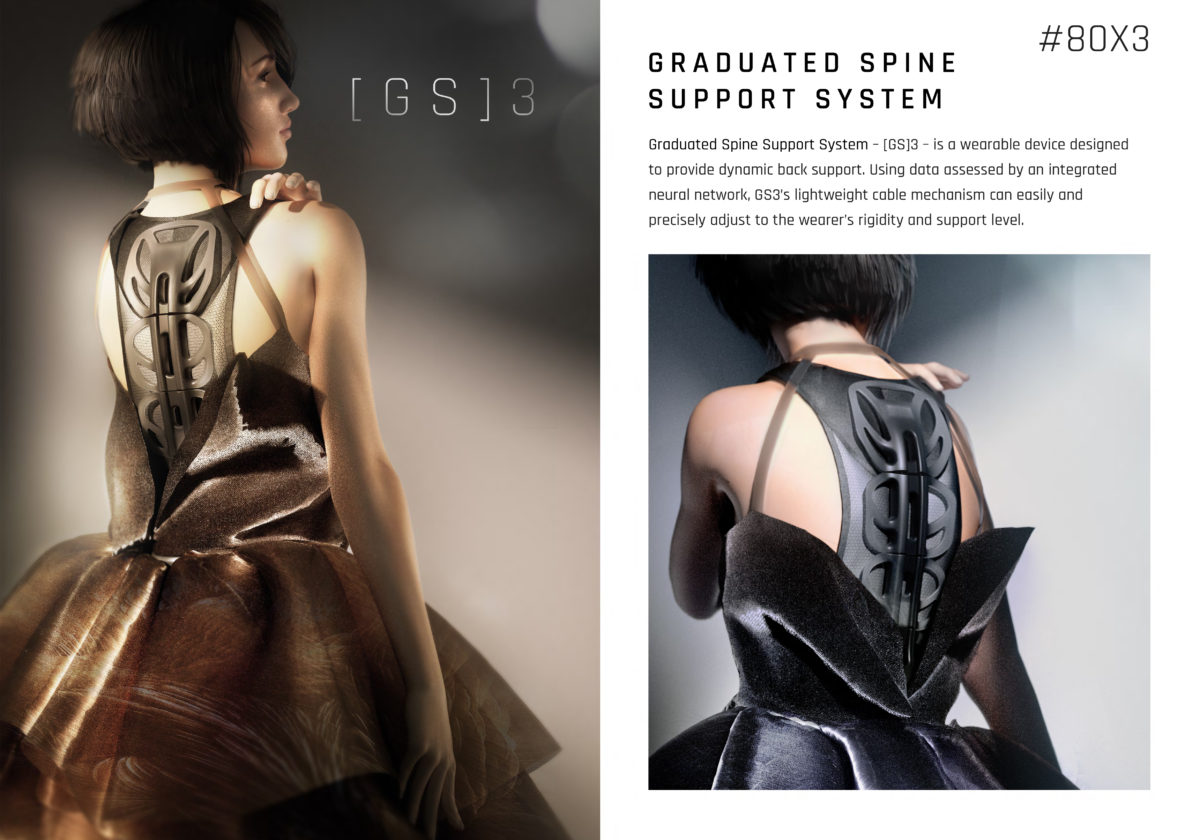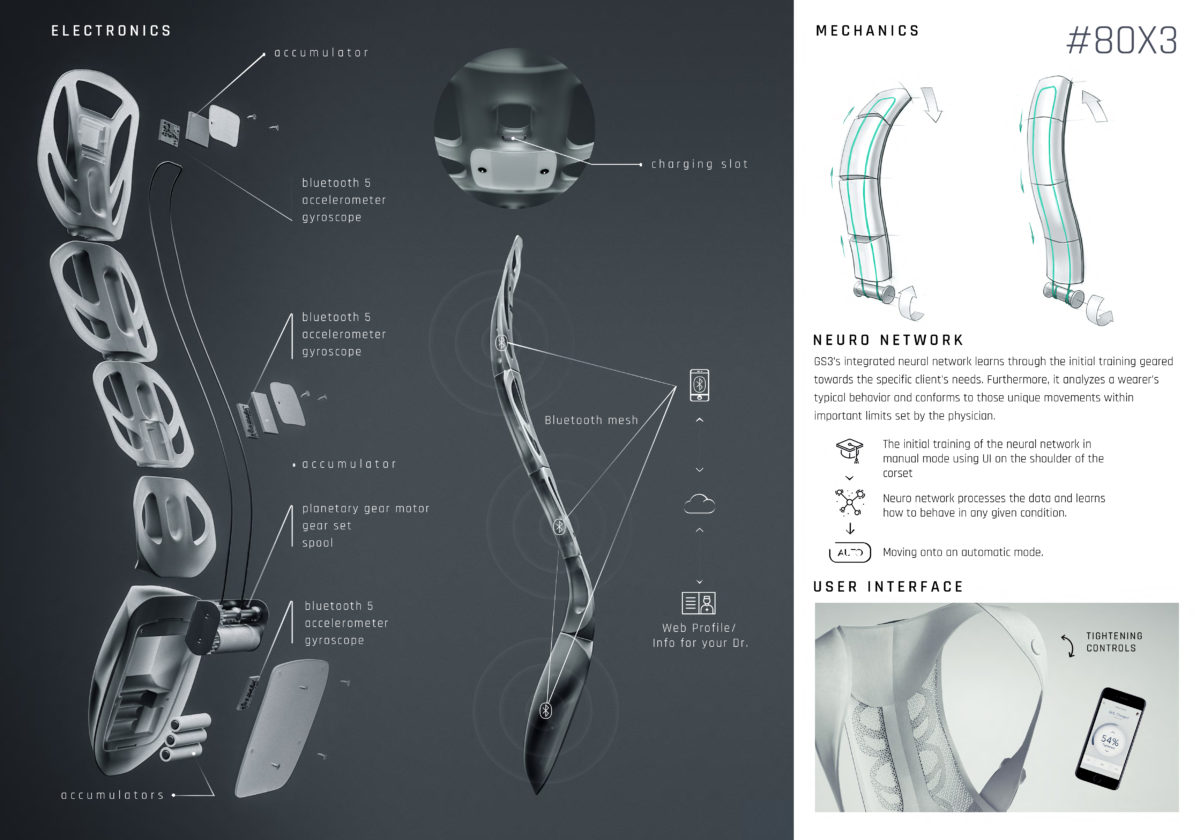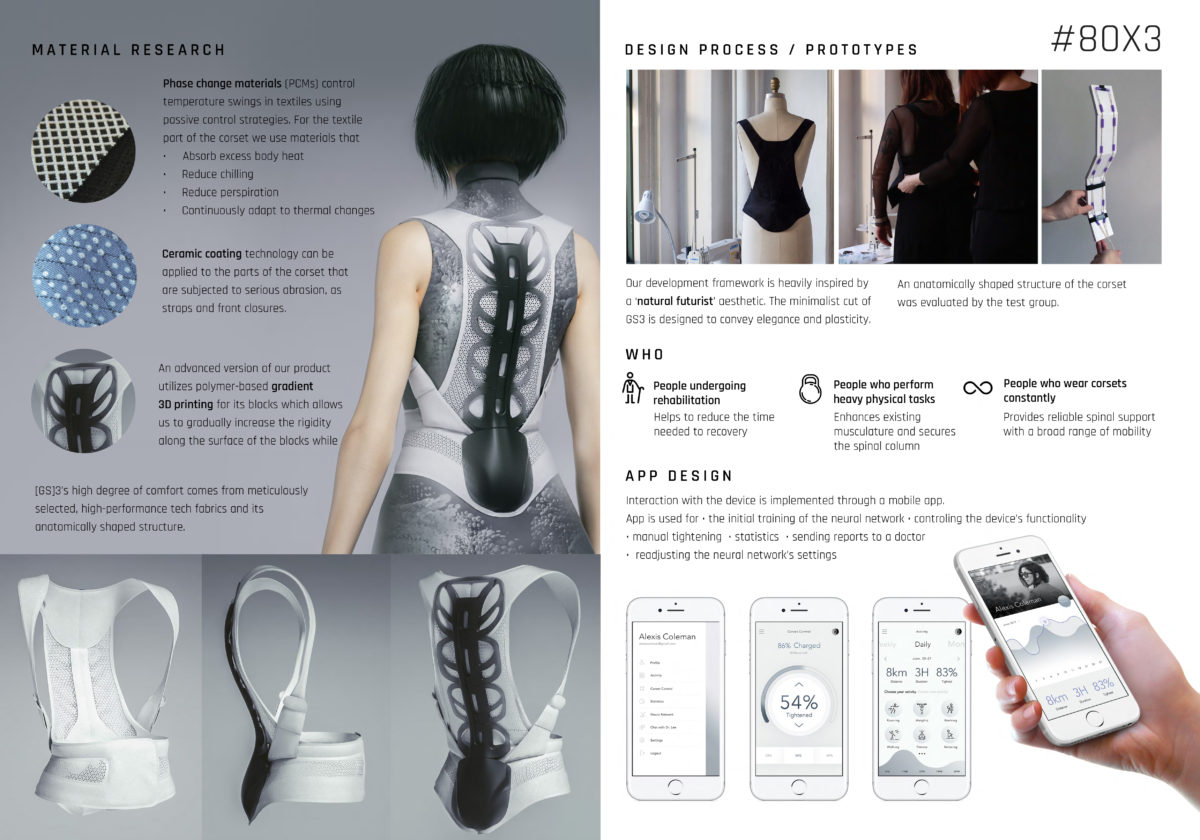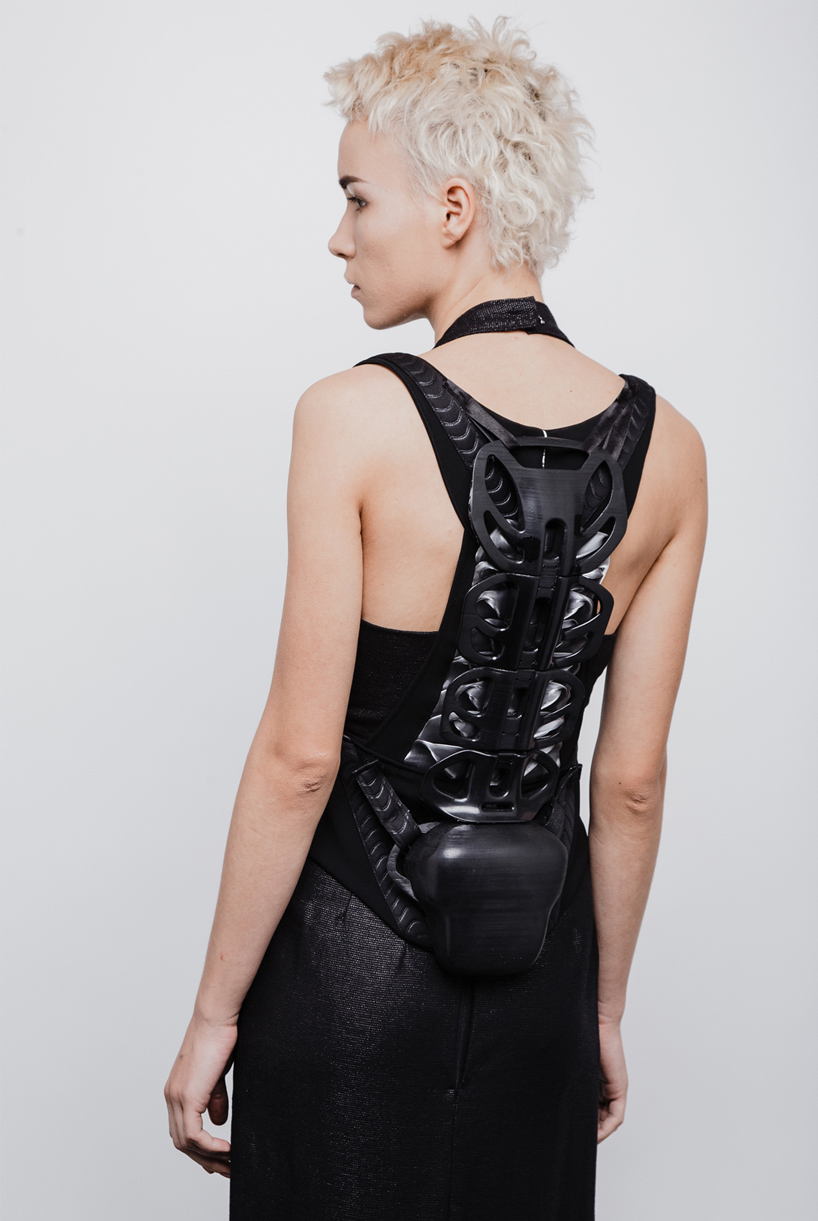ANEMONE // EMPOWERED
The Anemone Flower symbolizes protection against evil and ill wishes. The approach of a rain storm when the petals close up. Forsaken or forgotten love and affection. Anticipation and excitement for something in the future.
Concept:
“Empowering women who have suffered abuse, proving that they are strong because they survived, and they are still alive.”
EMPOWERED; empowering the abused, the scarred and the ones in pain. Telling them that it is okay to be scarred, for their wounds are beautiful; those are the proof of survival, their maturity, and their growth. To tell them that they do not need to hide in shame, for they have been brave for fighting back and living to tell the tale. Blood running through them, every step they take; “You have not killed me, for blood still courses through me like a never ending river,” “For I am still alive.”
Description & Functions:
Anemone is a full white bodysuit with flowers made out of organza adorning areas of the bodies where injuries are at as though flowers are growing out of their wounds, symbolizing growth and recovery.
The original idea comprises an red LED “Blood Vessel” that would be ignited through the whole body with every step of empowerment the wearer takes.
At the same time, the shawl draped on the right shoulder will move up as though acting like a defensive armor with every step taken as well, proving that these scarred women are warriors.
LEGEND:
White Shoulder Armor Drape: Heated & Manipulated White Organza (Warrior)
White Lycra Bodysuit (Slightly Shiny) (Skin)
White Organza + Synthetic Fabric Flowers (Beauty)
Barefooted exhibition (Earth)
White face paint like a war mask (Fight)
FUNCTIONS:
One-sided shoulder drape which moves up and down via one Servo Motor (Armor).
LED Strip (3m) entwined around whole body, light flashes when wearer takes a step. (Veins)
(To be triggered by switch button if needed)
Initial Sketch:

Inspirations:

Spektre by Sam Creeger
Process:
Creating the Servo Motor Arm:



I made use of the same backbone I used for Morrie last semester; I used an electric plastic called MONTERA from IKEA and taped it to the wing of my servo motor.
Hairband:


I used an old hairband I had since years ago, and glue-gunned my flowers onto the band. I would have added more if I had more flowers! I silver-taped the hairband afterwards.
Circuits and Switches and Hell:



I initially used a 4-legged switch, but eventually used a multi-core wire attached to a bigger switch so that my user will have an easy time clicking the switch.
Creating Organza Flowers:





Step 1: Cut the organza fabric from old curtains in 10x10cm.
Step 2: BURN THEM ALLLLL
Step 3: Fold them and sew the tip together.
Sewing the flowers together!:



Heating up Organza as Experimentation:



These are just normal organza fabrics, but after heating them up with a calligraphic heat gun it becomes wrinkly and very durable and my sister hated it. It was a very fun experiment.
Piecing everything together!:






What went wrong:
MY SERVO MOTOR BROKE (You can actually see it not moving anymore in my trailer process video T.T)
I ran out of organza fabric of an off-white colour so I couldn’t add more flowers because covid-19.
My mom’s ancient sewing machine’s needle broke and there was no spare needle so I had to hand sew everything halfway through….
Overall I could have done better. 🙁
Final Product:








Future Aspiration for the Fashion Show:
As the supposed Artistic Director along with Fizah, I really wanted to make the Fashion Runway a bomb if not for the covid-19… But I hope that my experience with stageworks and coordination given my past roles in CAC will help me to make all the show works more entertaining, unique and out of the world compared to the past shows in the previous semesters. TO BE VERY HONEST I’m quite sad about not being able to do the green screen show Jake mentioned, but I hope that we will be able to pull off both an online IGTV experience and an offline runway in the future. I think overall experimenting with a new way of presenting a fashion show is what I want to be able to explore with the class! I think I will be more involved with the planning and arranging part of things (aka admin) because I’m more well-versed with that.
I just majorly hope I don’t screw up anything. Oops. Ultimately everyone should have fun and enjoy the experience alongside their proud works heheh. If I could help make a fashion show like that possible, I would be satisfied.


